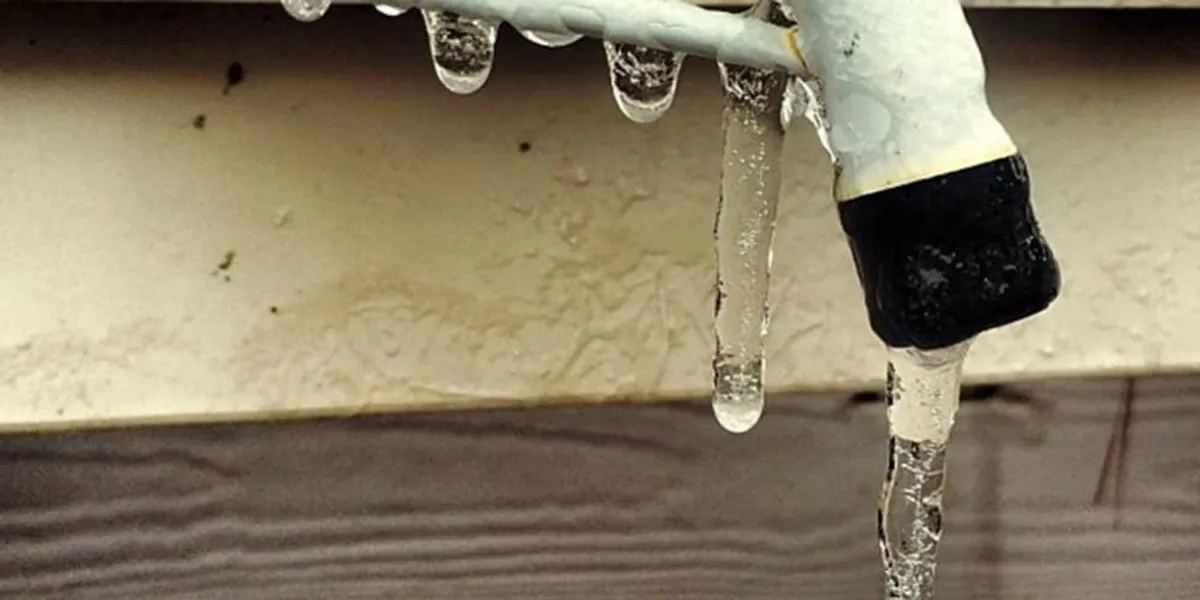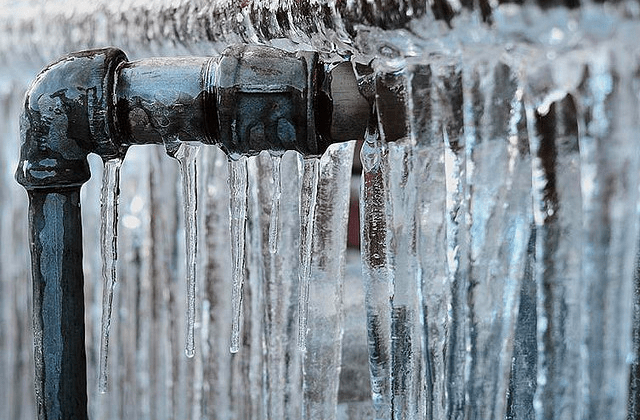Preventing Frozen Pipes in Cold Weather: Key Tips
Preventing Frozen Pipes in Cold Weather: Key Tips
Blog Article
Nearly everybody seems to have their own rationale with regards to Prevent Frozen Pipes .

Winter can wreak havoc on your plumbing, especially by freezing pipelines. Here's exactly how to avoid it from taking place and what to do if it does.
Introduction
As temperatures decrease, the threat of icy pipelines increases, potentially bring about costly repairs and water damage. Understanding exactly how to stop icy pipelines is vital for homeowners in chilly climates.
Recognizing Frozen Pipes
What causes pipes to freeze?
Pipelines freeze when exposed to temperature levels below 32 ° F (0 ° C) for extended periods. As water inside the pipelines ices up, it broadens, putting pressure on the pipeline walls and potentially creating them to rupture.
Risks and damages
Frozen pipes can lead to water disturbances, residential or commercial property damage, and expensive repairs. Ruptured pipes can flood homes and create substantial architectural damages.
Signs of Frozen Piping
Identifying frozen pipes early can avoid them from rupturing.
Exactly how to recognize icy pipelines
Look for decreased water flow from faucets, unusual smells or sounds from pipelines, and noticeable frost on subjected pipes.
Prevention Tips
Protecting susceptible pipes
Wrap pipelines in insulation sleeves or use warmth tape to shield them from freezing temperature levels. Focus on pipes in unheated or outside areas of the home.
Heating methods
Keep interior areas properly heated up, particularly areas with pipes. Open up closet doors to permit cozy air to distribute around pipelines under sinks.
Securing Outdoor Plumbing
Yard hoses and outside faucets
Disconnect and drain yard tubes prior to winter. Set up frost-proof faucets or cover outdoor faucets with insulated caps.
What to Do If Your Pipes Freeze
Immediate actions to take
If you presume frozen pipelines, maintain faucets available to relieve pressure as the ice melts. Utilize a hairdryer or towels soaked in warm water to thaw pipes slowly.
Long-Term Solutions
Structural changes
Take into consideration rerouting pipelines away from exterior walls or unheated locations. Include extra insulation to attic rooms, cellars, and crawl spaces.
Updating insulation
Purchase top quality insulation for pipes, attic rooms, and wall surfaces. Correct insulation assists preserve consistent temperatures and minimizes the danger of icy pipes.
Final thought
Protecting against icy pipelines needs positive actions and fast actions. By recognizing the causes, indicators, and safety nets, house owners can safeguard their plumbing during winter.
Helpful Tips to Prevent Frozen Pipes this Winter
UNDERSTANDING THE BASICS: WHY PIPES FREEZE AND WHY IT’S A PROBLEM
Water freezing inside pipes is common during the winter months, but understanding why pipes freeze, and the potential problems it can cause is crucial in preventing such incidents. This section will delve into the basics of why pipes freeze and the associated problems that may arise.
THE SCIENCE BEHIND FROZEN PIPES
When water reaches freezing temperatures, it undergoes a physical transformation and solidifies into ice. This expansion of water as it freezes is the primary reason pipes can burst. As the water inside the pipe freezes, it expands, creating immense pressure on the walls. If the pressure becomes too great, the pipe can crack or rupture, leading to leaks and water damage.
FACTORS THAT CONTRIBUTE TO PIPE FREEZING
Low Temperatures: Extremely cold weather, especially below freezing, increases the risk of pipes freezing. Uninsulated or Poorly Insulated Pipes: Pipes located in unheated areas, such as basements, crawl spaces, or attics, are more prone to freezing. Insufficient insulation or lack of insulation altogether exacerbates the problem. Exterior Wall Exposure: Pipes running along exterior walls are susceptible to freezing as they encounter colder temperatures outside. Lack of Heating or Temperature Regulation: Inadequate heating or inconsistent temperature control in your home can contribute to frozen pipes. PROBLEMS CAUSED BY FROZEN PIPES
- Pipe Bursting: As mentioned earlier, the expansion of water as it freezes can cause pipes to burst, resulting in significant water damage.
- Water Damage: When pipes burst, it can lead to flooding and water damage to your property, including walls, ceilings, flooring, and personal belongings.
- Structural Damage: Prolonged exposure to water from burst pipes can compromise the structural integrity of your home, leading to costly repairs.
- Mold and Mildew Growth: Excess moisture from water damage can create a favorable environment for mold and mildew growth, posing health risks to occupants.
- Disrupted Water Supply: Frozen pipes can also result in a complete or partial loss of water supply until the issue is resolved.
WHY CERTAIN PIPES ARE MORE PRONE TO FREEZING
- Location: Pipes located in unheated or poorly insulated areas, such as basements, crawl spaces, attics, or exterior walls, are at higher risk of freezing.
- Exterior Pipes: Outdoor pipes, such as those used for irrigation or exposed plumbing, are particularly vulnerable to freezing as they are directly exposed to the elements.
- Supply Lines: Pipes that carry water from the main water supply into your home, including the main water line, are critical to protect as freezing in these lines can affect your entire plumbing system.
- Underground Pipes: Pipes buried underground, such as those connected to sprinkler systems or outdoor faucets, can be susceptible to freezing if not properly insulated.
https://busybusy.com/blog/helpful-tips-to-prevent-frozen-pipes-this-winter/

As a keen reader on Helpful Tips to Prevent Frozen Pipes this Winter, I was thinking sharing that segment was worthwhile. Sharing is good. Helping others is fun. Thanks a lot for your time invested reading it.
Click Here Report this page